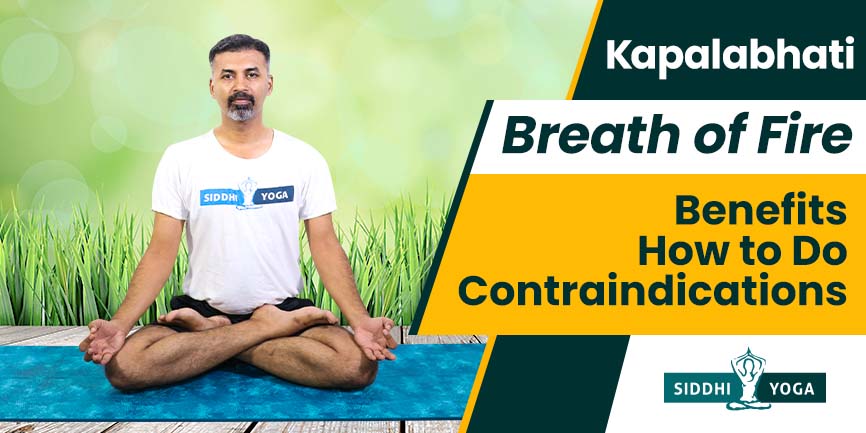
Everything you need to know about this energizing breathing technique Kapalabhati or also known as Breath of Fire.
The direct translation of the classic Pranayama technique Kapalabhati is actually “Skull-shining Breath.” However, in most yoga circles, it has come to be known most commonly as Breath of Fire.
This invigorating breathing exercise energizes the body and brings a great deal of blood flow, heat and subtle pranic energy into the abdominal region, stimulating the digestive, circulatory, and reproductive systems.
It is one of the classic kriyas or purification techniques of Hatha Yoga, and it is referenced in both the Hatha Yoga Pradipika and the Gheranda Samhita, the two texts that form the basis of most modern yoga practice.
It should be noted that different schools of Yoga teach slightly different techniques, and some may distinguish between Kapalabhati and Breath of Fire. However, both are always a variation of the technique outlined below.
In this article, we’ll cover the basics of Kapalabhati Pranayama, as well as some precautions and modifications. We’ll then go on to outline our top ten benefits of this powerful kriya.
Precautions/Contraindications of Kapalabhati Pranayama
Before we start, it’s important to outline some precautions to be aware of before undertaking a Kapalabhati practice.
1. Breath of Fire involves a vigorous churning of the abdomen. For this reason, it is important that this breathing exercise is performed on an empty stomach, preferably in the morning hours.
2. Anyone with respiratory, circulatory, spinal, or hypertension issues should consult a physician before undertaking any intensive yoga practices and should do so under the direct guidance of a qualified instructor.
3. Kapalabhati is not appropriate for women who are pregnant.
4. It is important to note that Kapalabhati, as a fast-breathing practice, is not a complete self-contained Pranayama practice. It is meant to be combined with breathing practices that slow the breath down to receive the full benefit of a complete Pranayama practice and mitigate any side effects.
5. All Pranayama exercises are meant to be learned and mastered gradually. Be patient and don’t push too hard. If at any point you become light-headed or nauseous, if it feels like you’re gasping for air, or if for any reason the breathing becomes labored or uncomfortable, stop immediately and lie down on your back.
Wait for your equilibrium to return to normal and try again at a more relaxed pace. If difficulties persist, seek direct guidance from an experienced teacher.
How to do Kapalabhati or Breath of Fire
1. Find a comfortable seated meditation posture with your back straight and your shoulders relaxed. It may be a good idea to sit up on a cushion if there is any tightness in the hips. Take a moment to draw your attention to your breathing. Slow the breathing down to a comfortable pace with the inhalation roughly the same length as the exhalation.
2. Take a deep inhalation, then exhale completely. On the next inhalation, inhale only about halfway.
3. Begin Kapalabhati. In Kapalabhati, the breath is rapidly exhaled using a vigorous, intentional drawing in the abdomen. The inhale is allowed to occur naturally, as the muscles of the abdomen release. At first, a practitioner will likely only be able to comfortably do this for 30 or 40 breaths, though with persistent practice, most people will be able to sustain this comfortably for several minutes at a time.
4. At the end of this round of Kapalabhati, exhale completely. At the end of the exhale, hold the breath for as long as it is comfortable. Inhale deeply and hold the breath again, only as long as it is comfortable. After exhaling, return the breathing to normal — repeat steps 2 – 4 as appropriate.
The speed and length of a Kapalabhati practice is a fairly personal matter. However, in general, most will find that it is more comfortable to start slow and gradually speed up the pace of breath.
It is recommended to begin with short sessions of a minute or two in length, featuring perhaps two or three rounds of the technique outlined above and gradually increase the length of both the round and the session itself as you gain more proficiency.
As you are able to sustain a longer session of Kapalabhati, it is generally advised that you break up the practice with regular breath retention to balance out the carbon dioxide levels in the blood. It is a good idea to seek out an experienced teacher at this point to help iron out the details and tailor the practice to your own needs.
10 Top Benefits of Kapalabhati or Breath of Fire
There is a growing body of scientific evidence showing the benefits of Kapalabhati and related Pranayama techniques. However, there is more work that needs to be done to fully understand the biological mechanisms of these benefits. You can read an academic review of some of these scientific studies here.
Some of the more subtle benefits of Pranayama are of a subjective or spiritual nature that is difficult to quantify. Evidence of these is borne out by the individual experiences of practitioners, and so we encourage you to explore them and test their validity yourself.
1. Stimulates Digestion and Relieves Mild Gastric Distress
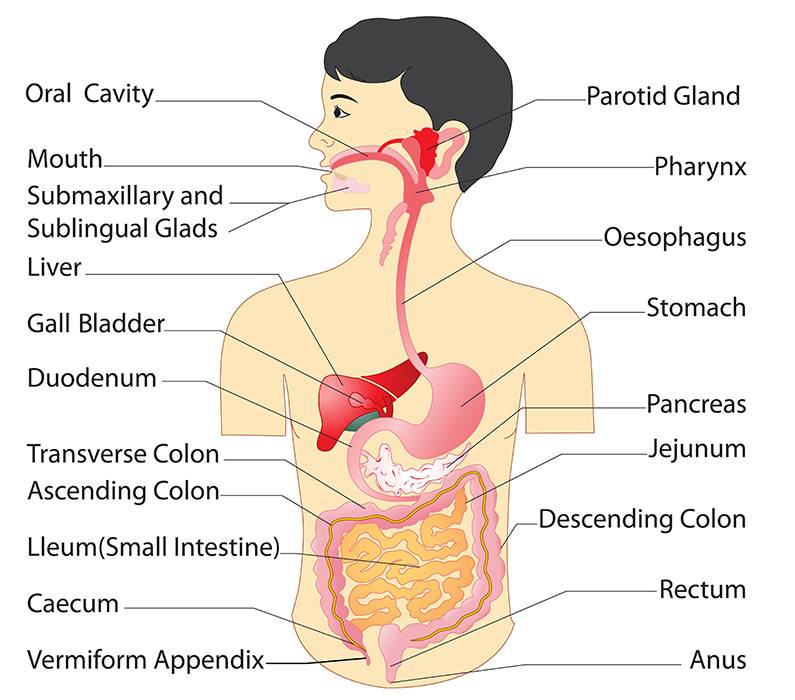
The rapid movement of the abdominal region in Kapalabhati has long been thought to stoke the digestive fire and improve the rate and efficiency of digestion. Longtime practitioners also generally experience relief from mild forms of stomachache or nausea through the practice of Kapalabhati. It has become quite popular among those western students of yoga who have traveled to India to practice as a remedy for some of the digestive upsets that can occur through this sort of travel.
2. Improves Cognitive Functioning
Pranayama, in general, has been shown to improve most forms of cognitive functioning. Kapalabhati has specifically been shown to increase activity in three types of brain waves: Beta, Alpha, and Theta. Beta waves are generally thought to be related to focus and critical thinking.
3. Improves Relaxation

The increase in Alpha Wave activity brought on by Kapalabhati is generally thought to increase relaxation and help us to bridge the gap between our conscious thinking mind and our subconscious mind.
4. Improves Creativity
Theta Waves are often thought to be associated with the dream state, though their presence in waking life is often linked to creativity, intuition, and lateral thinking. Kapalabhati has been shown to increase these waves.
5. Enhances Respiratory Function
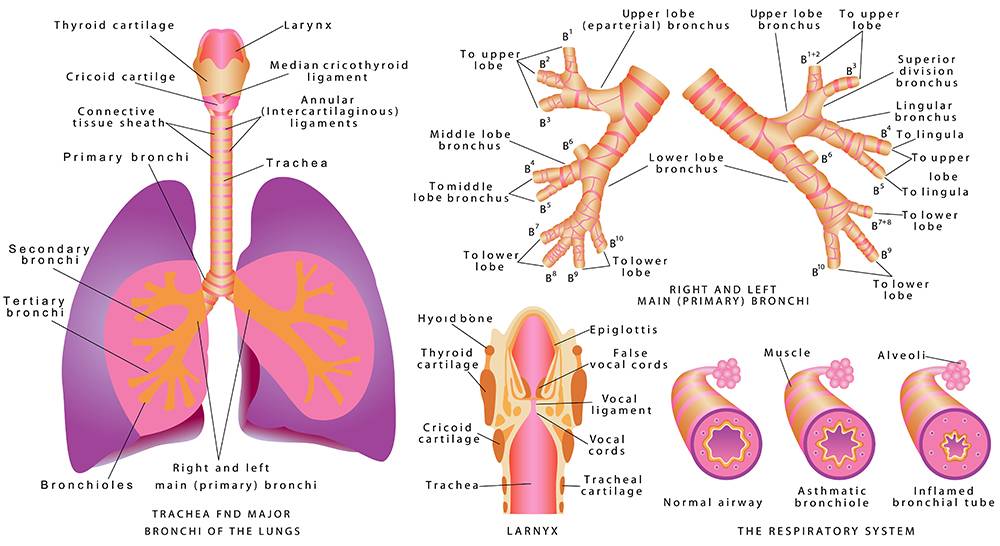
The repetitive abdominal movements of Kapalabhati help to strengthen and tone the primary muscles of diaphragmatic breathing. Not only the diaphragm itself but also the Rectus Abdominus and Oblique muscles of the abdomen.
6. May Reduce Blood Pressure
It is generally suggested that patients with serious chronic hypertension avoid Kapalabhati. However, it may be useful, in the context of a complete Pranayama practice that also includes slow breathing, for reducing blood pressure in people with mild cases of hypertension.
7. Awakens and Invigorates the Body
One of the simplest and most obvious effects of Kapalabhati is that it is highly energizing. When done early in the morning, it can be a great way to help get your day started. Like a cup of coffee, only healthier!
8. Produces a Meditative State
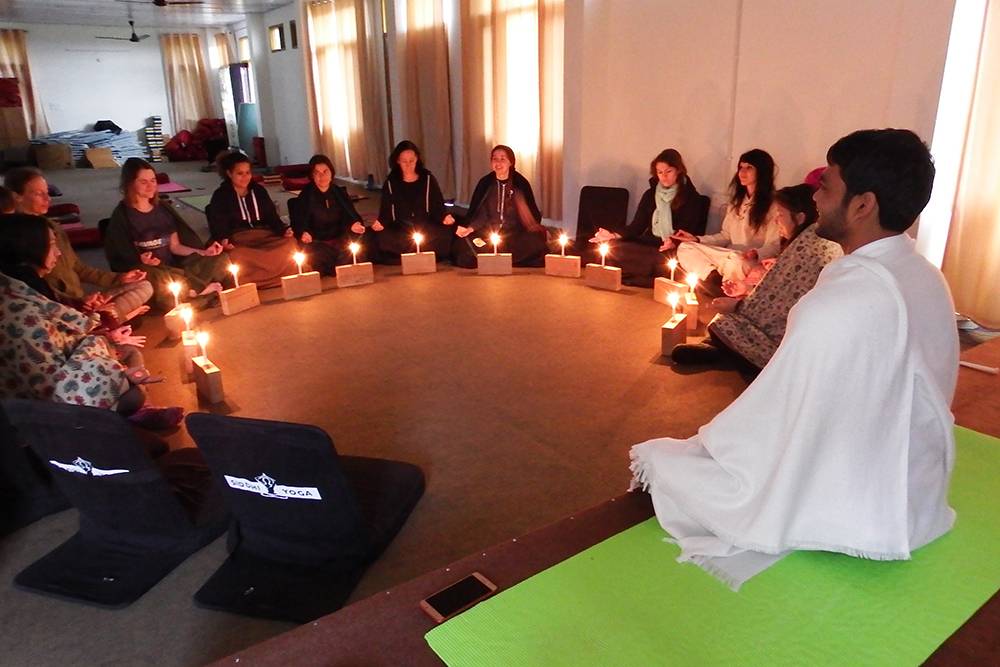
Perhaps the most important effect of Kapalabhati from a yogic standpoint is that it helps bring the practitioner into a state of trance that gets deeper the more proficient you become at the technique. This state is necessary to access the higher limbs of Yoga, a progressively deepening state of meditation that culminates in spiritual awakening.
9. Reduces the “Kapha Dosha”
In traditional Ayurvedic medicine, Kapalabhati is thought to reduce symptoms of an imbalance in the Kapha Dosha, one of three constitutions of the body. An imbalance of Kapha is thought to lead to a dull, inert personality, laziness and stubbornness. People with too much Kapha are often prone to obesity, hypertension, diabetes, and depression.
10. Awakens the Kundalini
According to ancient yogic sources, the repeated engaging of the abdomen and pelvic floor seen in advanced practitioners of Kapalabhati helps to stimulate the Muladhara Chakra, the lowest energy centre in the subtle body. This stimulation is thought to bring about the raising of the Kundalini, a mysterious rising of energy through the central channel of the body that is thought to precede mystical experiences.
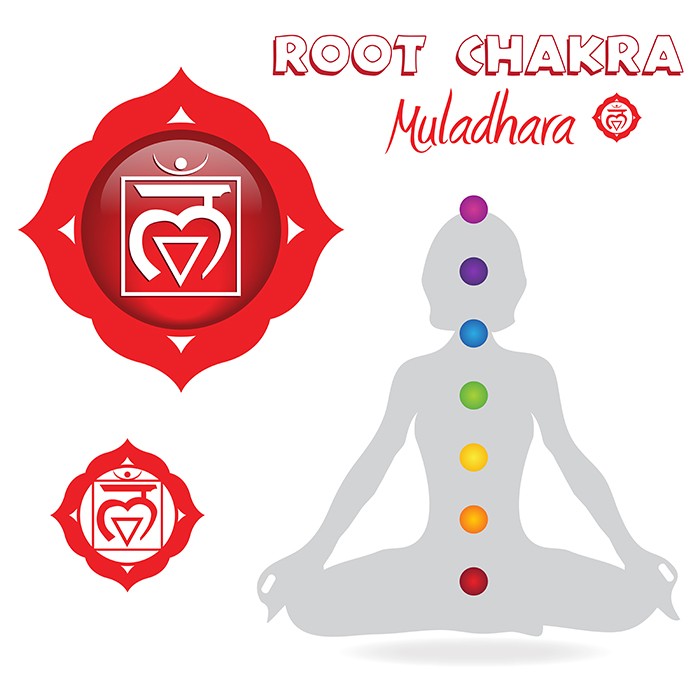
The Bottom Line
Kapalabhati is one of the most powerful techniques in all of Hatha Yoga. However, it requires some guidance to become proficient in it, especially if you wish to access some of the subtler effects. As always, an experienced teacher is key.
Discover the incredible power of conscious breathing and embark on a transformative journey to enhance your mental, emotional, and physical well-being with our comprehensive Pranayama and Breathwork Course offers a holistic approach to harnessing the potential of your breath.

Responses